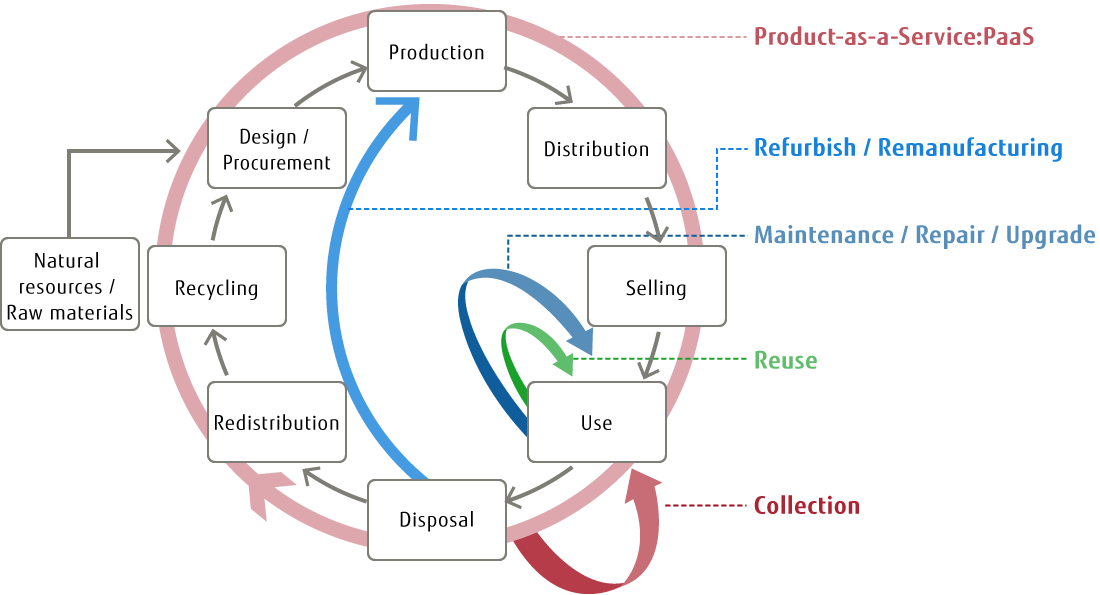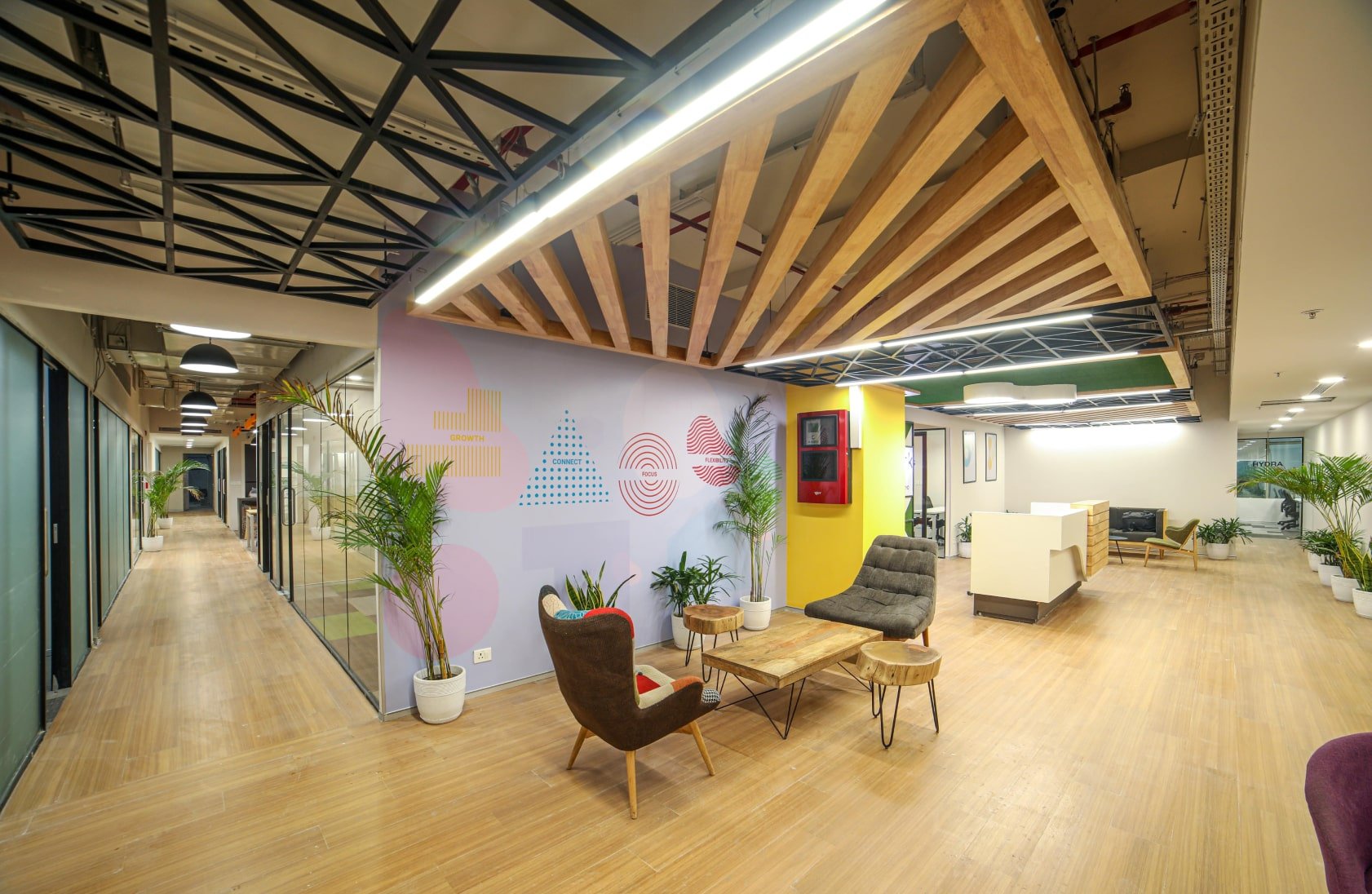Guide to sustainable design life cycles
Take a look at your immediate surroundings. Whether you’re in a building, at a desk, or reading this on a laptop or phone, consider the steps it has taken for this scenario to be a possibility. Look at the raw materials that have been refined or the wood of a table that has traveled miles and through multiple processes to become what it is now. Now consider where these materials will end up in a few years, how they will be disposed of or repurposed. This exercise is just a small scale of something we’d call a life cycle assessment (LCA).
From the design process, to construction, to usage, to disposal, each step of an architectural endeavor has a lasting effect on its surroundings and the planet as a whole. Factors such as longevity, reusability, and CO2 outputs are becoming increasingly important to consider in these processes. So let’s dive right into sustainable design life cycles and LCAs and the steps we can all take as individual consumers and businesses to reduce our environmental impacts.
The power is in the hands of the consumer: shop locally, look for certifications and support companies that make their climate actions clear.
What is a Life Cycle Assessment?
As we move through life, it’s hard to ignore the signs of global warming and the toll it continues to take around the world. Since the beginning of industrialization, humans have been on a path of destruction, using limited resources while creating a buildup of harmful waste (gasses, pollution) that has slowly been killing our planet. What does this have to do with architecture and design? According to the International Energy Agency (IEA), buildings and construction contribute to nearly a third of the world’s total energy consumption.
LCAs have been created to predict or assess the environmental impacts of a building or product over its lifecycle. They take into consideration factors such as materials used, how they’re sourced, construction, usage, and end of life (disassembly and recycling). LCAs tell us the whole story of the environmental impact of a product or building as well as measures that can be taken to improve its sustainability and longevity.
Over time, LCAs can actually help cut down on cost, saving material and labor usually needed to replace bygone elements of a building or product. So while the process can be a big undertaking for some, in the long run, it’s the best option for adapting to a world that demands sustainability.
Sustainable Design and the Bigger Picture
We briefly discussed Cradle to Cradle certifications in our interview with Studio Vale’s João do Vale Gonçalves, but the design concept can also be seen as a part of the LCA process. Cradle to Cradle designs use recycled materials to avoid producing more waste in order to have a positive ecological footprint. The end of life stage for a Cradle to Cradle product is circular, looping back around and ensuring no waste is created.
In LCAs we look at how production impacts the environment and people. The goal should be to make the production process more closely resemble the processes of nature or “closed-loop cycles”, which have no disposal stage, therefore no waste. If this sounds familiar you may be familiar with recent pushes toward adopting circular economies.
Ceren Tezgider, Masters student in Resource Efficiency in Architecture and Planning (REAP) from HafenCity University Hamburg advises that LCAs are the future of incorporating construction and design into a circular economy.
“Ensuring the environmental quality of an office space is an essential consideration for any company,” Ceren added. “Now more than ever, companies need to consider the impact that their actions are having on the environment.”
When designing an interior, think about what materials can first be reused or repurposed.
Implementing LCA Practices
What are our responsibilities as consumers, designers, architects, or business proprietors? There are small ways we can look at our own production or purchasing processes and adopt sustainable practices along the way.
One part of the circular economy model includes Product Service Systems (PSS) models which designer and environmentalist Leyla Acaroglu explains as a move away from one-time purchasing systems into service systems that can include leasing. A leasing model can ensure the reusability of a product and incentivize the company to focus on maintaining value and durability. Take Plantclub as an example. We lease the plants, care for them, provide rehabilitation if they fall sick, and reuse them if a company requires a switch up.
It all comes down to looking at the life cycle of the things we consume. Will this material break down over time, can I source this product locally instead of shipping it in, how will this design stand up against the test of time, can this be recycled or reused?
The choices you make come with their own life cycles which is something to consider when weighing options.
A simplified example of how Planclub’s rental model allows for plants to be rehabilitated and reused.
Plantclub.io provides you and your colleagues with the benefits of plants, wherever you work. Rent office plants and transform your space into a green oasis, with flexible monthly membership options to suit your size. Diversify your employee perks with a dedicated company store, where you can give green gifts and your team can buy plants for their home office. Book a time to chat with us today.





